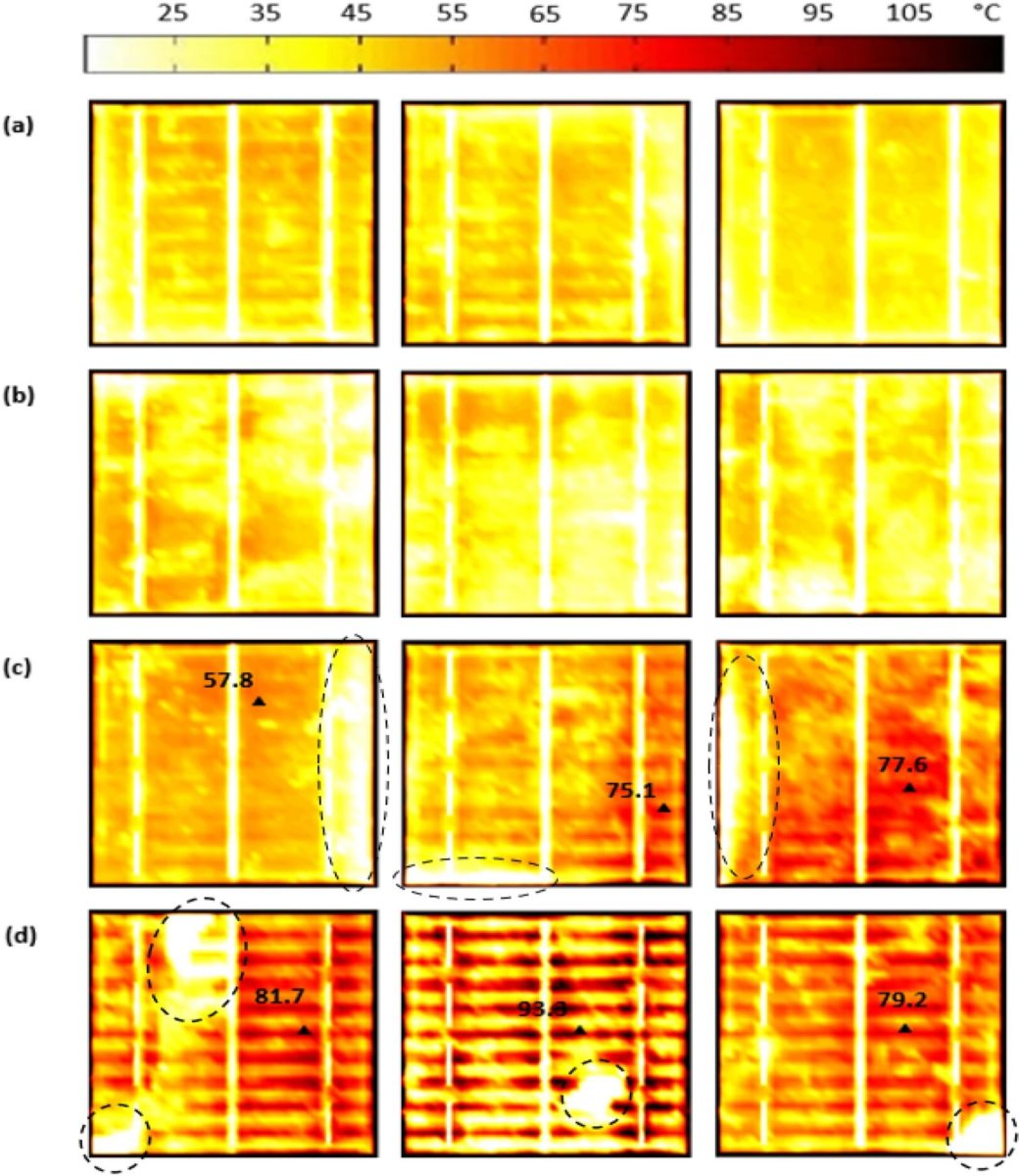Cell cracking is a well-known threat to module performance in the field, where cracks can often start out so small as to be difficult to detect, and grow larger in the field eventually leading to lost performance. Hotspots as well, where one cell or even part of a cell runs at a higher temperature leading to various types of damage, are high on the list of worries for the solar industry.
Plenty of work has gone into understanding and mitigating both issues in recent years, and a link between the two has previously been established – there can be multiple causes for hotspots, but they are more likely to form in cracked cells. Scientists at the University of York and the University of Huddersfield in the UK decided to take a closer look at the link between cell cracking and hotspots.
The group analyzed cells with different levels of cracking, noting that their research is the first to divide cells into four ‘modes’ based on their level of cracking – no cracking, microcracks, shaded area, and breakdown. The cells were put through various stages of testing and characterization to observe the formation of hotspots – detailed in the paper An empirical investigation on the correlation between solar cell cracks and hotspots, published in Scientific Reports.
Popular content
Results showed that hotspots did not form in the first two cells with no or less severe cracking, while the two more severely cracked modes saw an increase in temperature from 25 up to 100 degrees Celsius, and a significantly higher likelihood of hotspots. Their research also revealed more about the known relationship between partial shading and hotspots, enabling them to state that shading ratios between 40% and 60% come with similar temperature increases to severe cracking and the formation of severe hotspots.
This content is protected by copyright and may not be reused. If you want to cooperate with us and would like to reuse some of our content, please contact: editors@pv-magazine.com.



Impressive information, so shading on panels with other parts of it leads to hotspot on the parts that receive sunlight. Right?
Happy Holidays